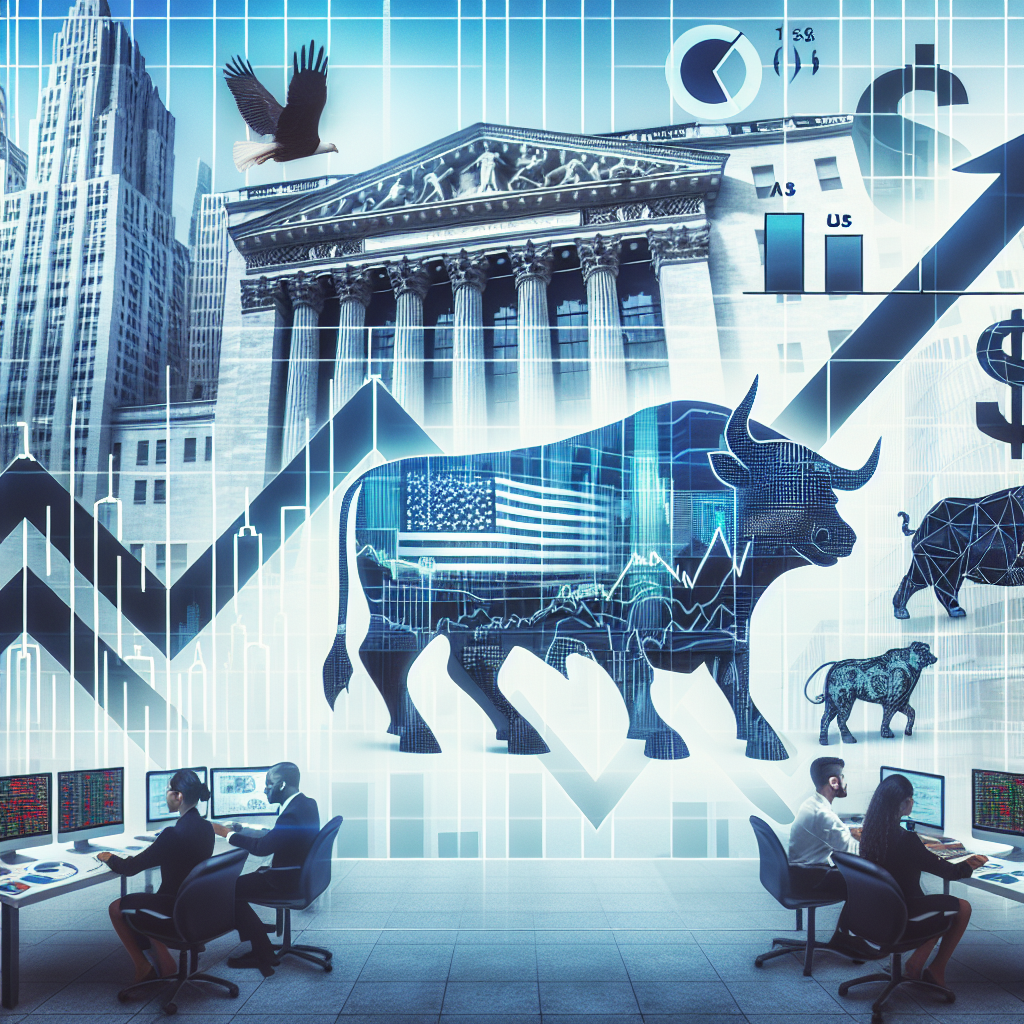Markets Tumble as U.S. Trade Policies Stir Investor Concerns
Stocks in China and Hong Kong dropped amid rising concerns about U.S. trade policies. Key indices fell as the tariff deadline approached. China's blue-chip CSI300 and Shanghai Composite slid slightly, while Hang Seng and Hang Seng China Enterprises also weakened. The AI sector and rare earth experienced notable losses.

On Monday, stocks in China and Hong Kong experienced declines as apprehensions about U.S. trade policy grew, with an approaching July 9 deadline heightening investor anxiety. China's blue-chip CSI300 Index saw a 0.6% drop, and the Shanghai Composite Index decreased by 0.2% by midday.
In Hong Kong, both the benchmark Hang Seng and Hang Seng China Enterprises Index fell, with declines of 0.5% and 0.4%, respectively. Although a trade truce has temporarily protected China from immediate tariffs, investor sentiment remained subdued with the tariff deadline looming.
U.S. President Donald Trump announced the finalization of several trade agreements and impending higher tariffs, set to take effect on August 1. This has led analysts, including those at Huatai Securities, to predict increased market volatility and limited sustained gains amid ongoing trade policy uncertainties.
Significant losses were noted in the AI sector, which dropped 1.2%, and the rare earth sector, down by 0.4%, as trade tensions mounted. The medical services sector weakened by 0.8% after China restricted government purchases of EU medical devices. However, Chinese property developers saw gains, aided by regulatory promises to support home prices.
Investors are now focused on China's upcoming inflation data, set for release on Wednesday, to assess the health of the world's second-largest economy amidst persistent deflation threats and trade challenges.
(With inputs from agencies.)










